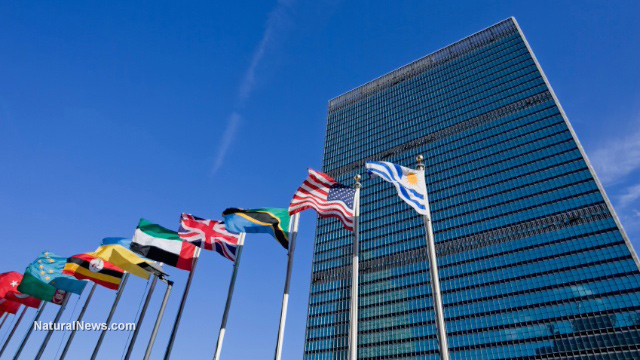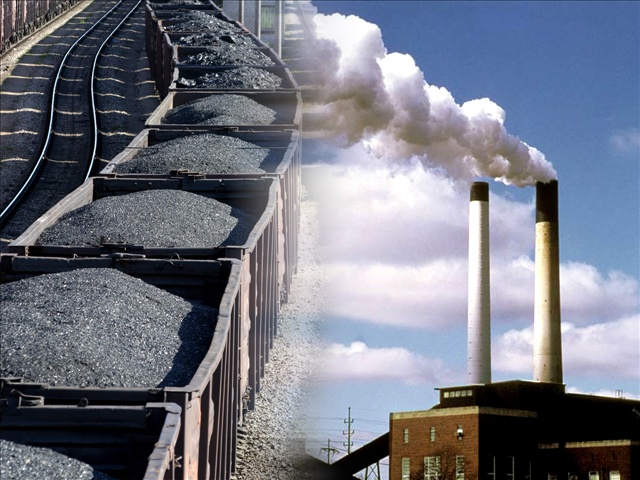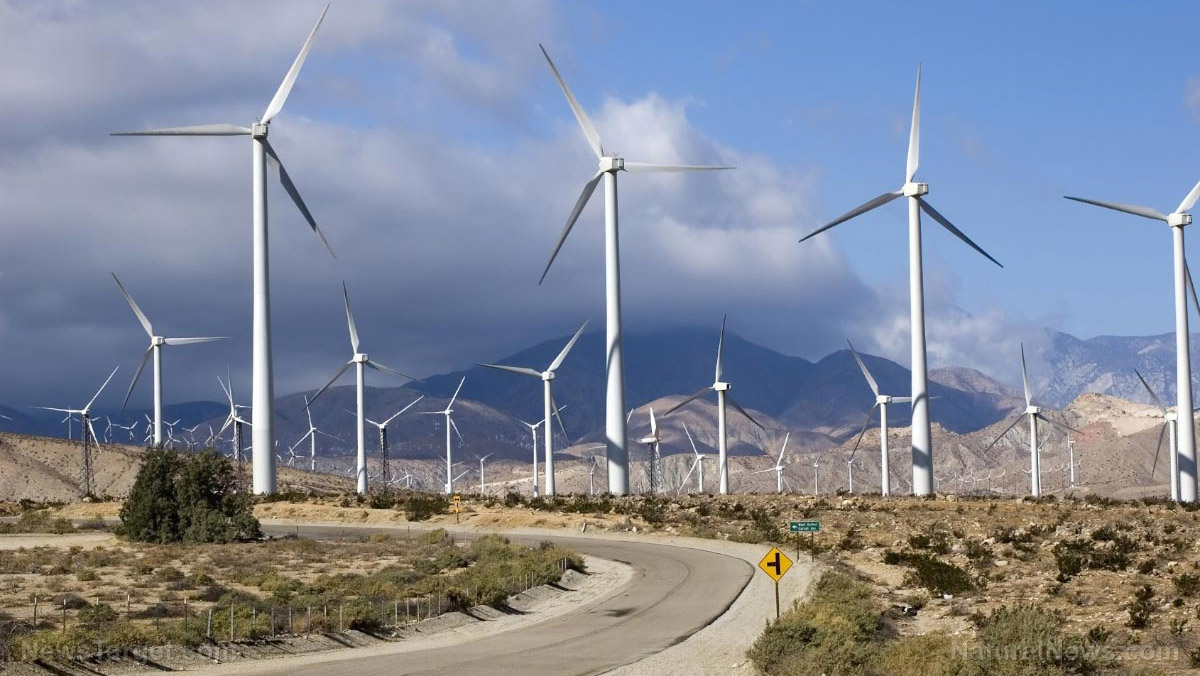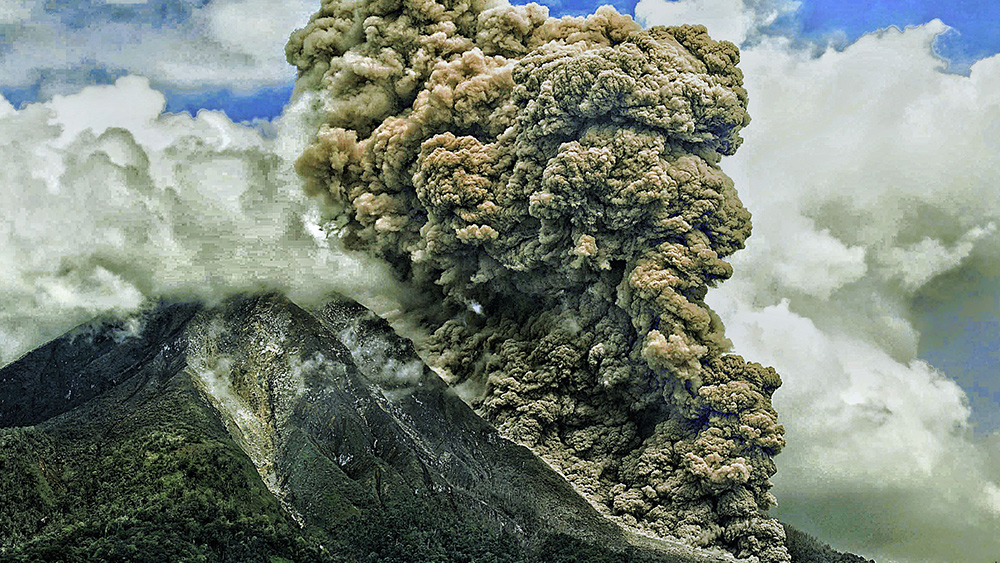The high cost of hypocrisy: COP30’s road through the rainforest
11/05/2025 / By Willow Tohi
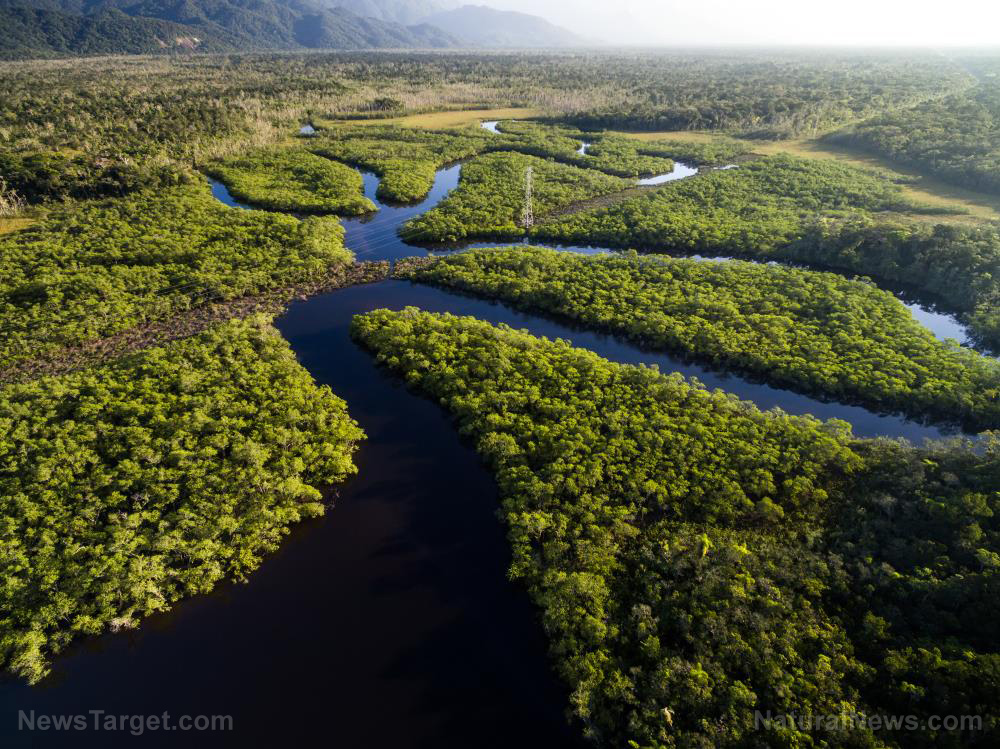
- A new highway built for the COP30 climate conference in Brazil required clearing an estimated 100,000 mature Amazon rainforest trees.
- Recent scientific findings reveal that increased atmospheric CO2 is causing Amazon trees to grow larger and the forest to become more robust.
- The study, published in Nature Plants, contradicts long-held alarmist predictions of the Amazon’s imminent collapse due to climate change.
- The COP30 conference faces diminished global influence and funding as the practical and economic challenges of Net Zero policies become apparent.
- The event highlights a stark contradiction between climate activists’ rhetoric and their actions, which resulted in significant environmental destruction.
As tens of thousands of politicians, activists and diplomats converge on Belém, Brazil, for the United Nations’ COP30 climate conference, they are greeted by a stark monument to the event’s contradictions: a newly constructed four-lane highway. To create this eight-mile artery, known as the Avenida Liberdade, an estimated 100,000 mature trees were cleared from the dense Amazon rainforest. This extensive logging operation, which caused significant disruption to local ecosystems, was undertaken to facilitate the travel of approximately 70,000 attendees who have assembled to decry global environmental decline. The scene presents a jarring image of environmental stewardship, where the act of gathering to “save the planet” first required its partial destruction.
A thriving forest defies alarmist narratives
The clearing of these trees is rendered all the more tragic by recent scientific findings that challenge the core narrative of a fragile Amazon on the brink of collapse. A comprehensive study published in the journal Nature Plants has documented that the Amazon rainforest is not only resilient but is actively thriving due to increased levels of atmospheric carbon dioxide. The research, which analyzed 30 years of data from 188 mature forest plots, found that the trees are growing substantially larger. The basal area of tree trunks increased by 3.3% per decade, with the largest trees growing by over 6% per decade. The study’s authors concluded that any potential negative climatic influences have been “more than alleviated” by the positive effects of CO2 fertilization, a process that allows plants to photosynthesize more efficiently. This real-world data stands in sharp contrast to the predictions of climate models that have long forecasted an irreversible tipping point for the Amazon.
The fading influence of the COP process
The COP30 conference arrives at a time of significant global recalibration regarding climate policy. The event, which marks a decade since the landmark Paris Agreement, was intended to be a major showcase for global decarbonization efforts. Instead, it faces a crisis of relevance and funding. With the United States, under the renewed administration of President Donald Trump, withdrawing financial and political support for Net Zero initiatives, the flow of climate-related aid has dramatically slowed. Few major world leaders are attending, and with barely a third of countries having submitted updated decarbonization plans, the conference highlights a growing gap between political aspirations and practical, voter-approved action. The priorities of the COP process appear increasingly disconnected from the economic realities and energy needs of modern industrial societies.
The uncomfortable truth of a greening planet
The phenomenon of a “greening” Earth, fueled by rising CO2 levels, has been observed by scientists for decades but remains a largely untold story in mainstream media. Satellite data has shown a significant increase in global vegetation over the past 40 years, with benefits including higher agricultural yields that have helped alleviate famine and the shrinkage of some desert margins. This positive trend is often omitted from public discourse, with media outlets instead focusing on speculative future catastrophes. The response to the Nature Plants study from some outlets exemplified this bias, with headlines framing the robust growth of Amazon trees as something that “defies logic” or focusing on how the benefits could be “negated” by logging—the very activity the COP30 infrastructure project necessitated.
A lesson in riverbank patience
The COP30 conference in Belém will inevitably produce new pledges and declarations of climate emergency. Yet, its most enduring legacy may be the “Highway of Shame” that serves as a permanent reminder of the hypocrisy at the heart of the modern environmental movement. The destruction of 100,000 rainforest trees to host a conference decrying environmental destruction is a paradox that is not lost on a public growing weary of the costs and impracticalities of Net Zero. As the scientific evidence continues to mount that the planet’s ecosystems are more resilient than claimed, and as the economic burdens of climate policies become clearer, the influence of these gatherings is waning. The world may finally be heeding the ancient strategic wisdom that if one waits by the river of reality long enough, the unsupportable claims of one’s opponents will eventually float by.
Sources for this article include:
Submit a correction >>
Tagged Under:
absurd, Amazon rainforest, big government, carbon dioxide, clean air, Climate, CO2, Collapse, Ecology, ecosystem, environ, green tyranny, Net Zero
This article may contain statements that reflect the opinion of the author

